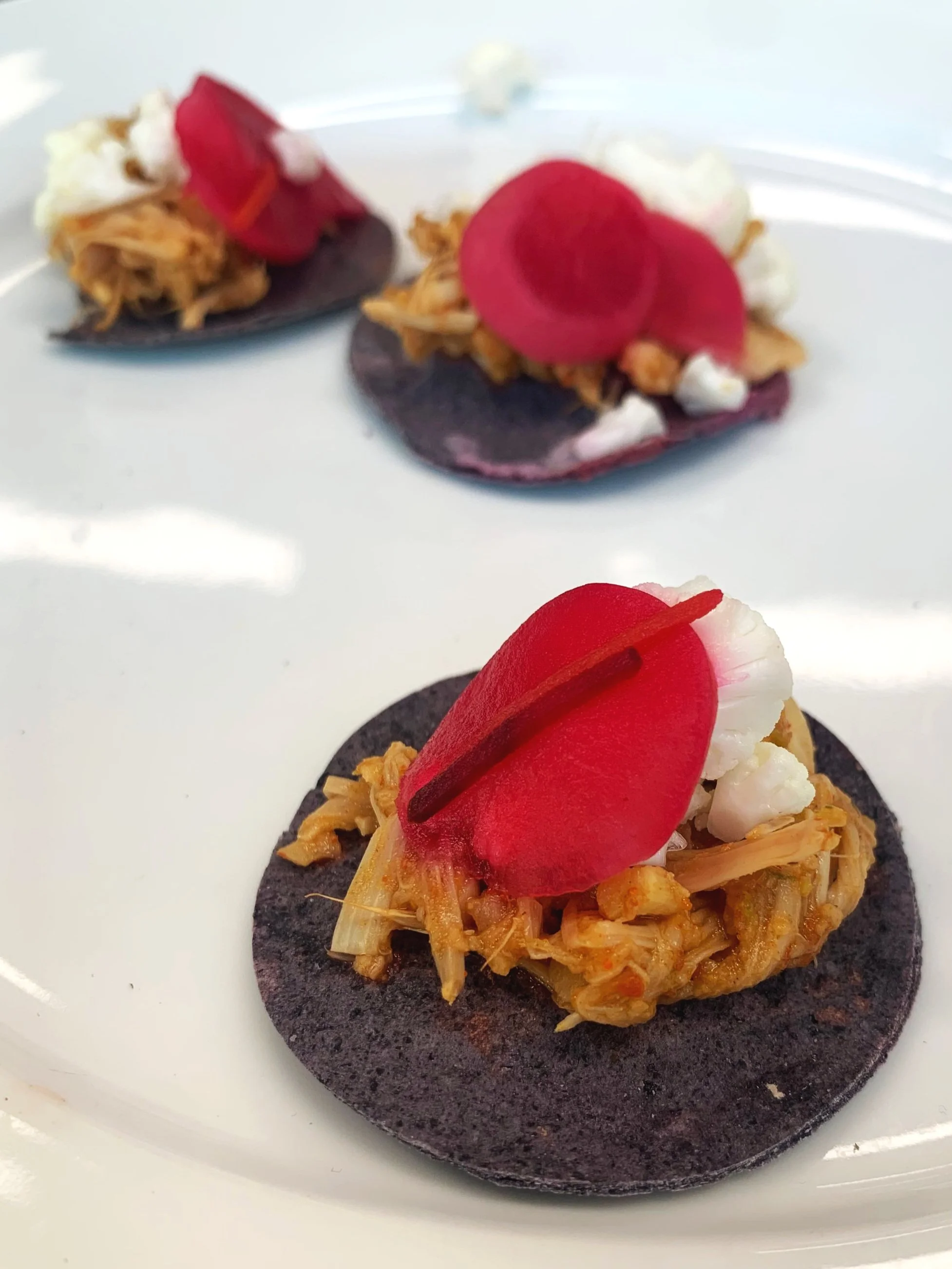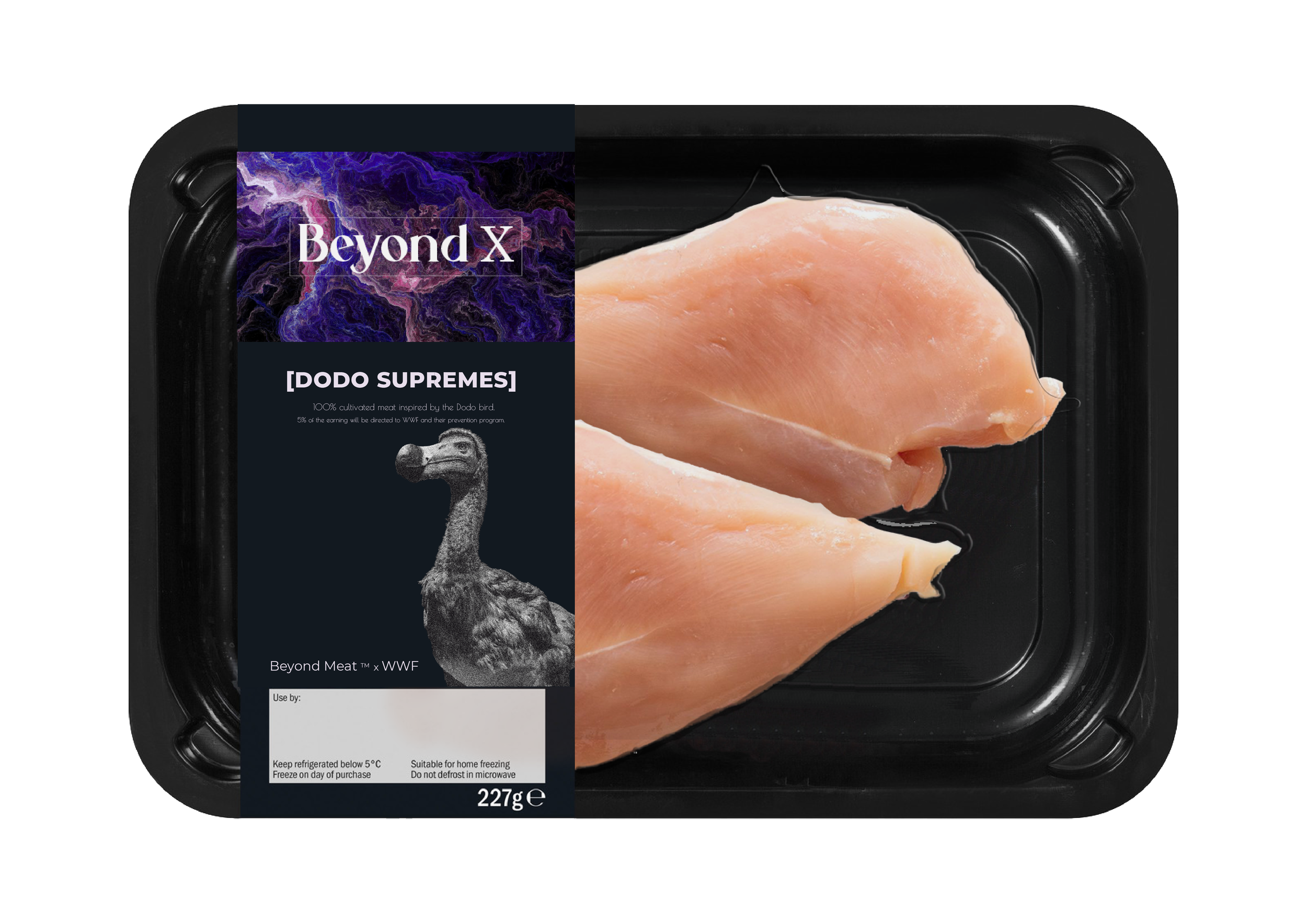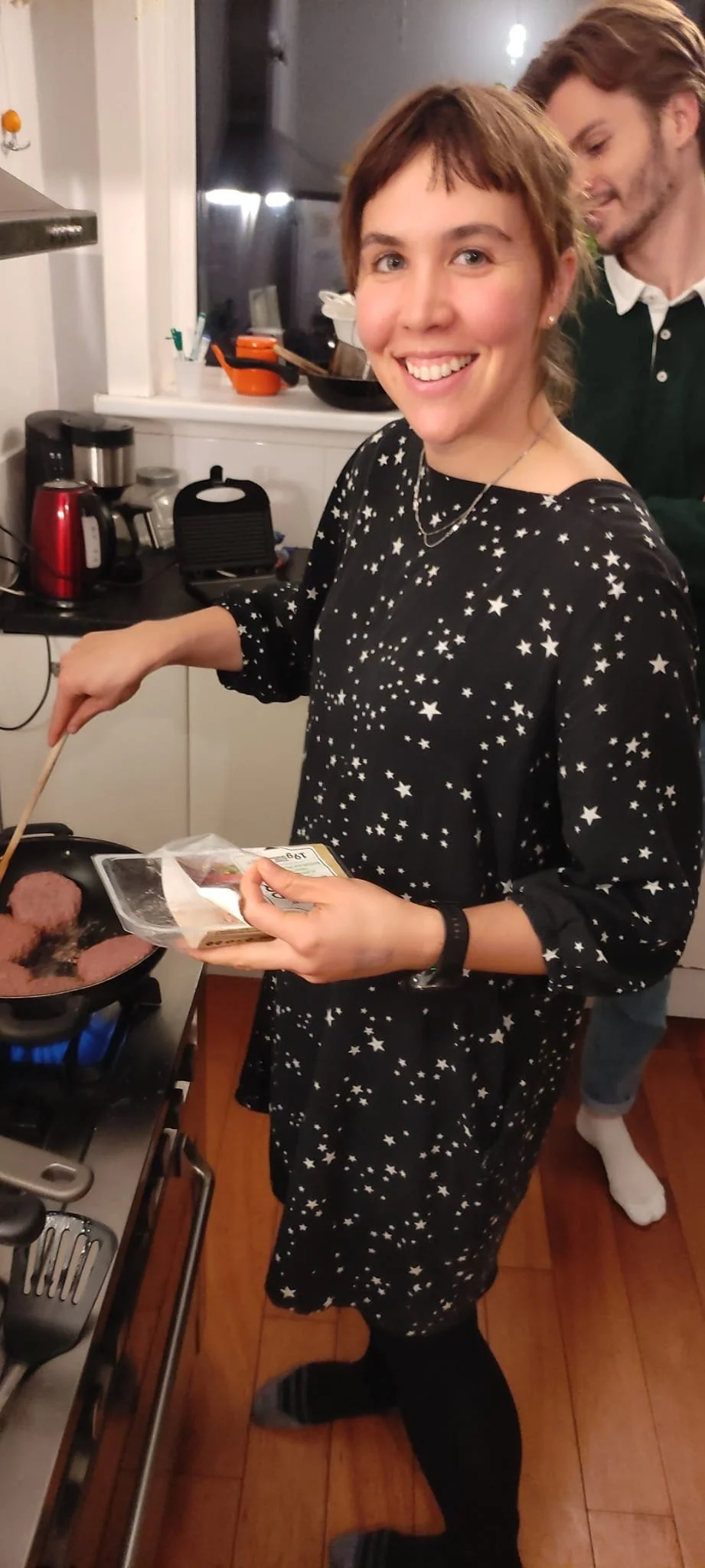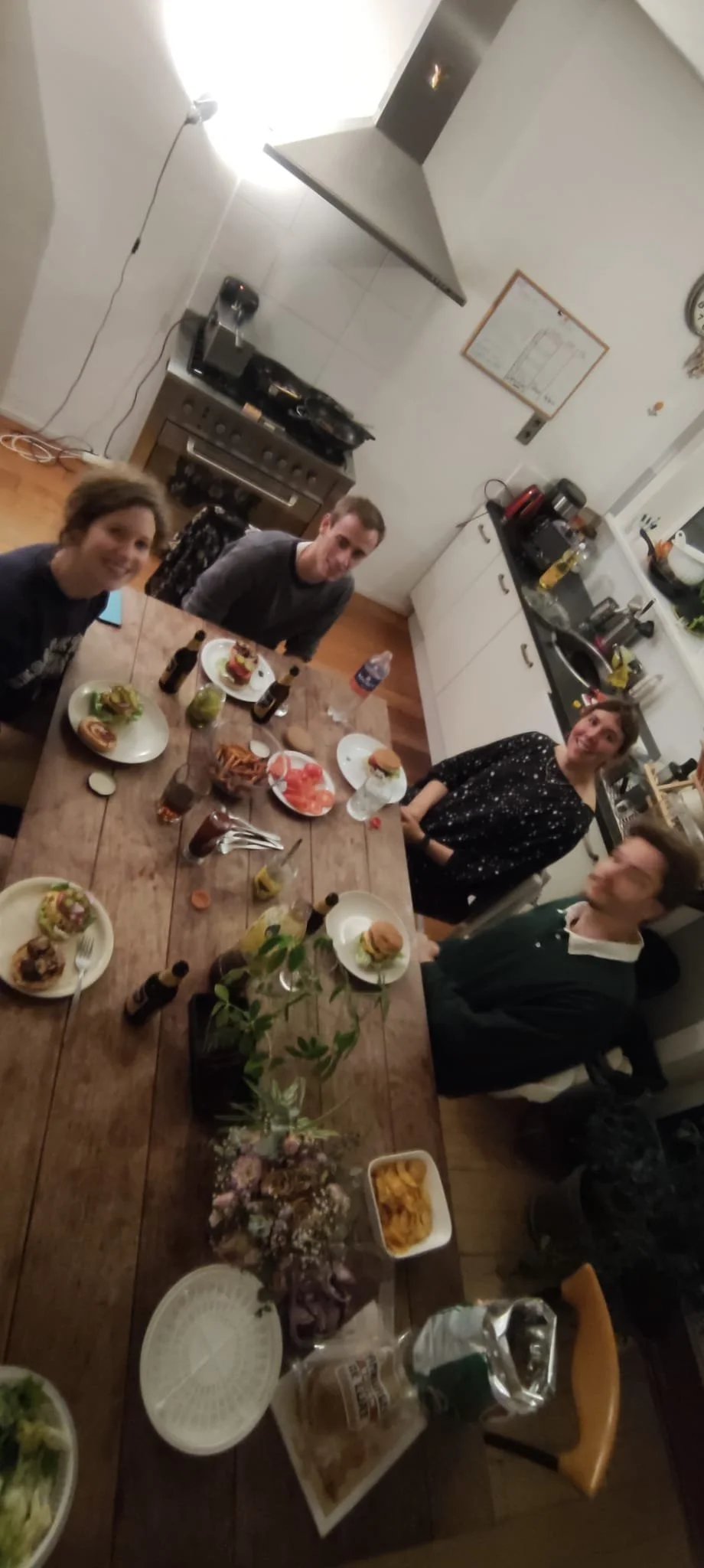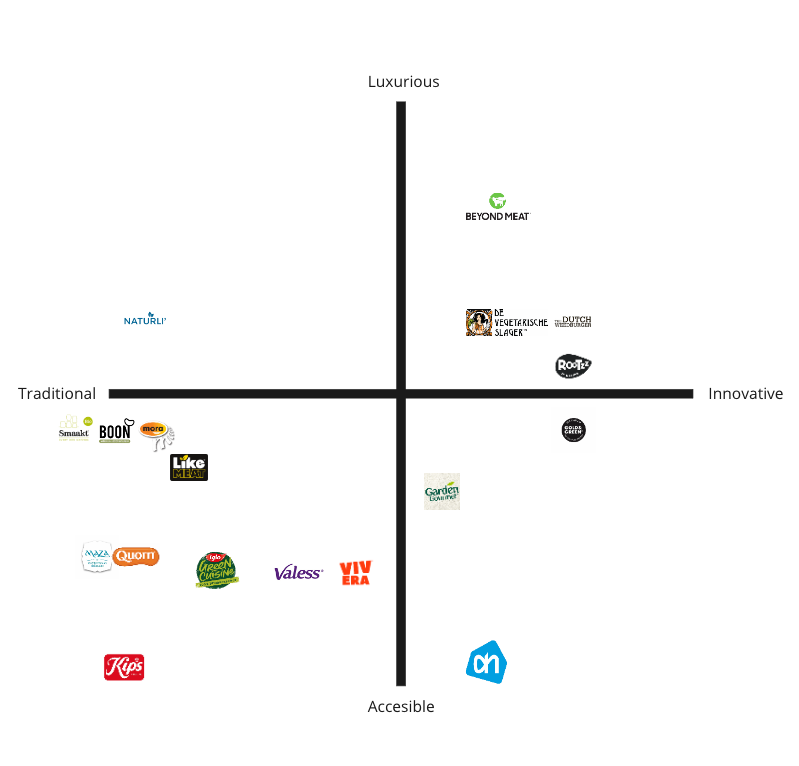What is meat?
What is meat?
Lab Grown Meat for Beyond Meat
Beyond Meat rose to prominence by making consumers ask the question, “What is meat?”
However, in the past few years they have struggled to maintain a lead in the increasingly more crowded plant-based meat market.
We wanted to bring them back to this confrontational role again so that they could continue to push the conversation around what it means to make innovative protein sources through a line of lab-grown meats modeled after extinct animals in order to create a conversation around humans’ relationship with animals and the planet all while still maintaining the brand’s mission of being “sustainable, animal friendly, delicious, and healthy.”
The Assignment
As part of our class, Design Strategy Project, our team was given 4 weeks to choose a company that was considered a disruptor and design a new product or service for them.
Our Problem Definition
How can Beyond Meat continue to disrupt the alternative meat market with so many plant-based competitors?
My Role
I was one of five designers on the team. We all shared roles and responsibilities during the research and brainstorming processes, I will highlight things that I had more of a role in below. During the prototyping and presentation phase I created the physical food prototype with input from my team and the final presentation while other colleagues worked more on creating the digital campaign.
Year
Fall 2021
Why lab grown meat?
Dutch consumers are not ready to give up meat.
Lab grown meats are no longer science fiction. They are expected to hit the markets within the next 5 years.
Due to its minimally invasive procedure for animals, lab grown meat can still be aligned with Beyond Meat’s mission of producing “sustainable, animal friendly, delicious and healthy” protein sources.
Why focus on extinct animal meats?
Since lab grown meats can be engineered in ways that conventional meats cannot (for example, by combining cells from different animals and different muscle fibers) we felt we should embrace the novelty and artificiality of the material and come up with meats never before eaten by modern day humans.
We also wanted to provoke a conversation around the impact humans have on the environment by choosing animals that are most famous for extinction, some at the hands of humans.
How did we get here?
We started by analyzing the company’s brand identity, Dutch food consumption habits, and looking at reports on the future of the food industry in general. We did this through firsthand interviews, going to industry events like Dutch design week, visiting grocery stores, and reading reports by leading trend reporters such as McKinsey.
The name Beyond X was chosen to stand for the Xtinction line.
Interviews and ethnography with 10 people.
5 students, 3 working professionals, 2 retirees.
Taste testing the original Beyond Burger
Investigating the current grocery store landscape.
Analyze the competition
Reading reports to understand the technology




